
Somali
Somali
Somali
Speaking of cats with beautiful fur colors and fluffy tails, it’s the Somali! It is also a popular cat that is known to many people. However, it seems that in the history of Somali’s birth, it was sometimes thought of as a “failure.” At first, the Somali was not very well-regarded, but it became popular after a small incident. Would you like to unravel the secrets of the Somali?
Somali Basic Infomation
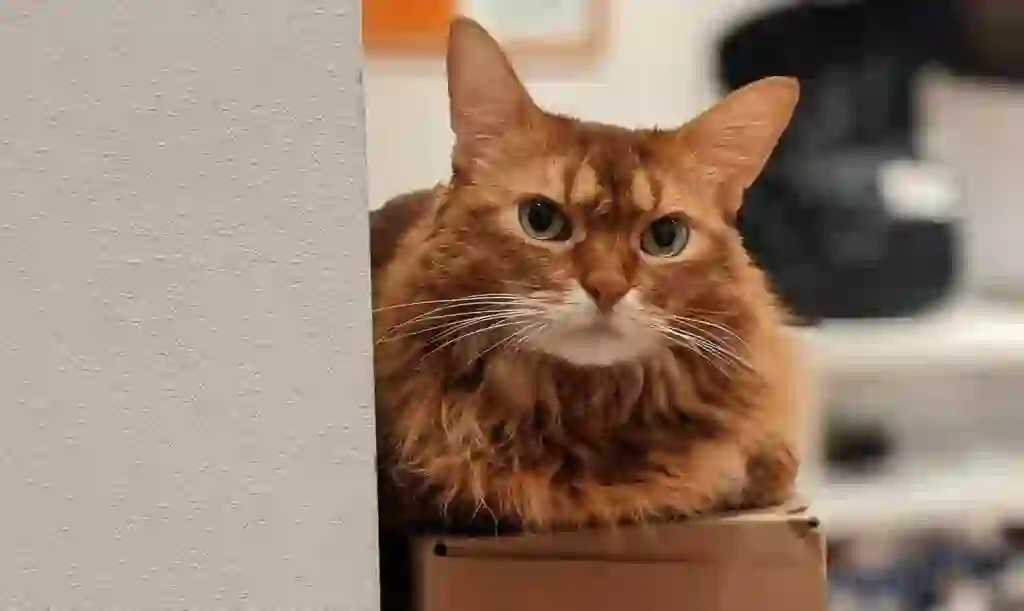
Country of origin Canada.
Length 40cm.
Weight male : 3-5kg female : 3-4.5kg.
Somalis are said to be the “long-haired version of Abyssinians.” Abyssinians, which can be said to be the origin of Somalis, have been bred since around the 19th century.
In the process of breeding, long-haired Abyssinians were occasionally born, but their hair length was somewhat awkward, so they were not popular at the time.
Such cats that were neither here nor there could not be shown at cat shows, so they were given to cat lovers who loved them purely.
One day, at a cat show held in Canada, Mary Melling, who was an Abyssinian breeder at the time, took this long-haired cat to the venue as a prank. And when the judge Ken McGill saw that cat, he let out a surprised voice.
It was not an angry voice, but a joyful voice saying “I can’t believe there are so many attractive cats!”.
McGill immediately asked Mary Melling to breed this long-haired cat. It is said that this is where the breeding of cats that later became Somalis began.
At the same time, there is actually another episode left in America. One day, a breeder named Evelyn Mayg gave birth to a kitten named “George” by mating.
Later, George was transferred to a friend, but due to various circumstances, the friend could no longer keep George and had to give him to a shelter with tears.
Afterwards, Mayg happened to meet a beautiful long-haired cat at the shelter. When she listened carefully to her story, she was surprised to learn that it was George who was born at that time and was shocked.
Mayg brought George home and was disappointed that George’s public reputation was lower than that of other Abyssinians. She worked hard to increase the popularity and recognition of long-haired Abyssinians as a breed.
Although countries are different, such efforts bore fruit and Somalis were officially registered as a breed with CFA in 1972.
Somali Q&A

Where does Somali get its name?
It is said that the Somali was named after Somalia, a neighboring country, in honor of the fact that Abyssinians originated from Ethiopia.
It’s a wonderful origin that shows the good relationship between Abyssinians and Somalis.
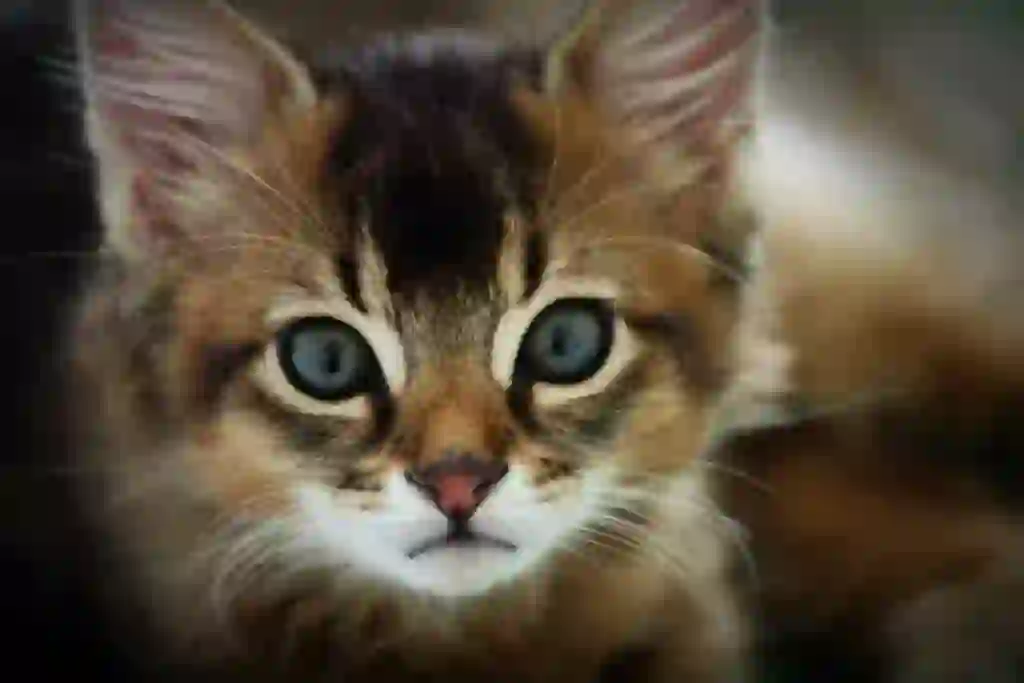
What are the color variations of Somali?
Ruddy, red, blue, and fawn are the colors of Somali cats.
・Ticked tabby. Only the pattern with a dark stripe on each hair color.
Green and gold are the eye colors.
Somalis are only long-haired.
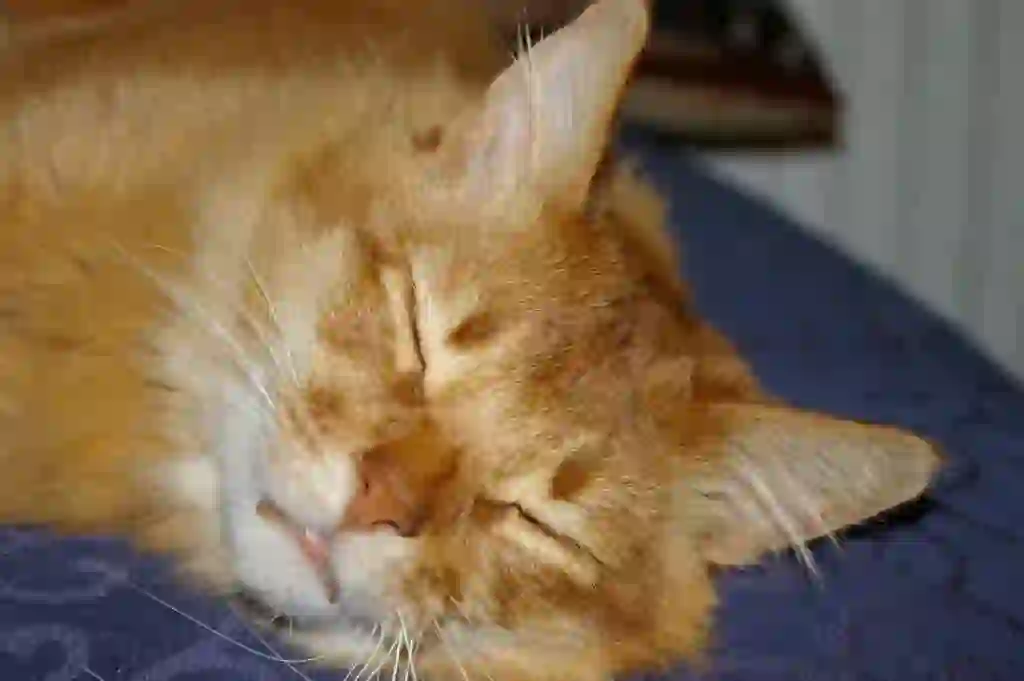
What does Somali look like?
The Somali has a wedge-shaped head with a rounded appearance, and its body type is called foreign. The large almond-shaped eyes have a color like eyeliner on the edges.
It has large ears with a wide base, and hair called tufts grows on the inside of the ears.
It has a medium-sized body, but it has well-toned legs and a balanced physique with moderate muscle.
The coat is short, but it feels good to the touch, and the color of the coat appears to change depending on the light.
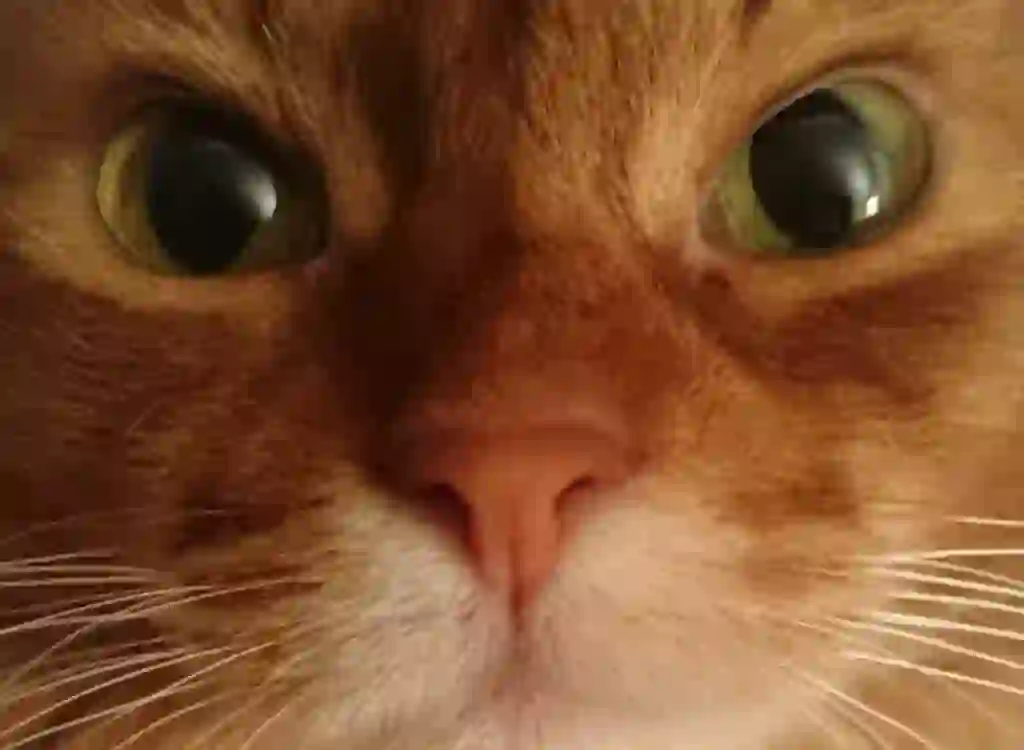
Abyssinians have short hair, so why do Somalis have long hair?
It is believed that the Somali became a long-haired breed due to a mutation, not crossbreeding by human hands.
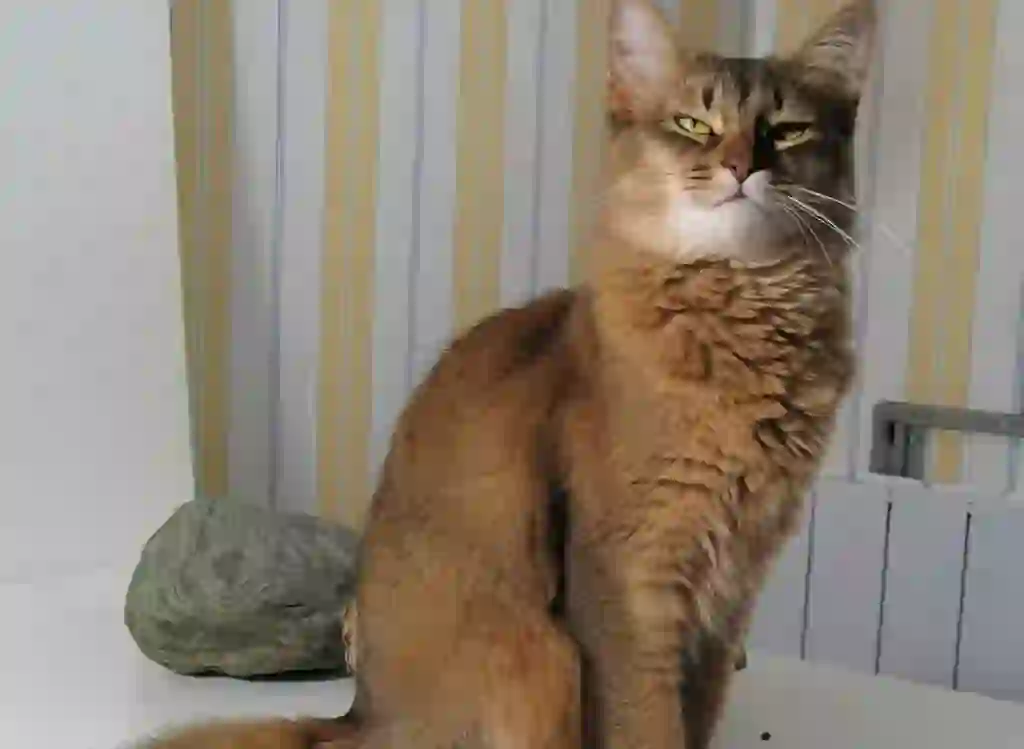
How much does it take to buy Somali?
When keeping animals as pets, it is necessary to comply with the laws established by each country. This time, I will talk about keeping Somalis at home in Japan. If you purchase from a breeder or cattery, it will cost about 150,000 to 200,000 yen. The advantage is that you can check what kind of environment they grew up in and what kind of cats their parents are.
Also, the reliability varies depending on the personality of the breeder, so it is desirable to make a reservation and visit them.
In the case of pet shops, the price range is quite wide, from 100,000 to 300,000 yen, but in some cases, you can reduce the price slightly compared to purchasing from a breeder. However, some shops breed cats indiscriminately, so it may be better to avoid purchasing from shops where the breeding source is unclear.
Since Somalis are also popular in Japan, they cost at least tens of thousands of yen. Here are some conditions that cause price fluctuations:
・Kittens. ・Excellent pedigree. ・Body color is blue or fawn.
There are other conditions as well, but mainly these conditions tend to increase the price.
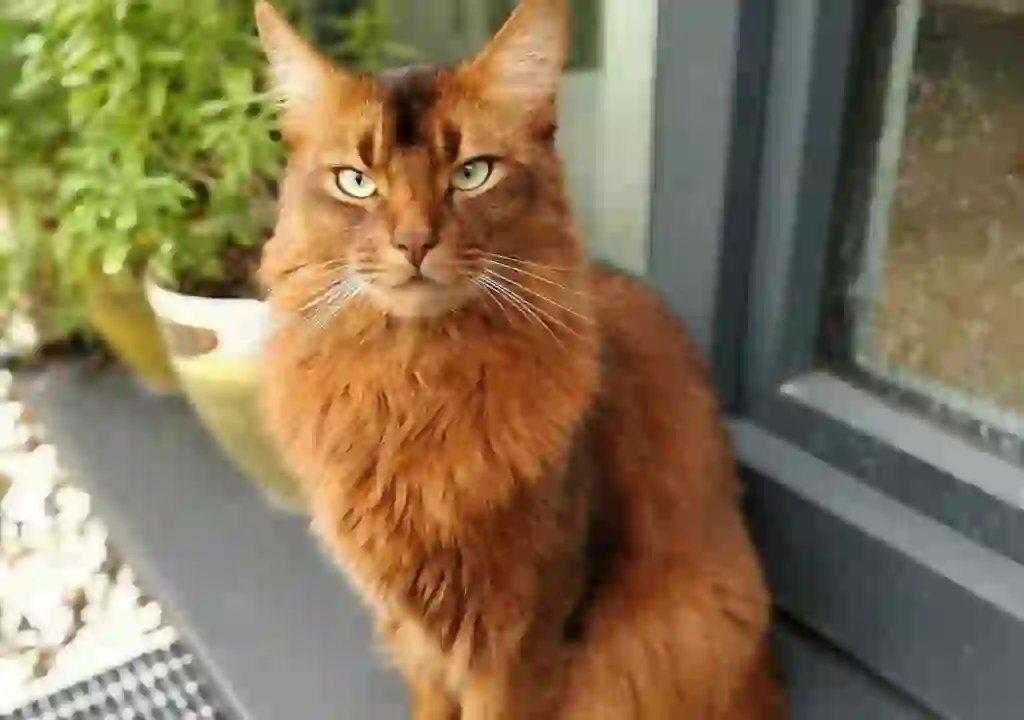
I want to know more about the character and characteristics of Somali!
The cat is obedient to its owner and has a very curious personality. Although it is a spoiled cat, it also has a smart side and can be said to be a cat that loves exercise.
If you put toys such as a cat tower, it will be happy to play with them. It is a relatively easy-to-keep cat because it also has a calm side.
Since they don’t meow loudly very often, they can be kept in apartments or condominiums.
However, they are nervous and delicate, and tend to get jealous, so they are not suitable for living with other animals or for multi-pet households.
Despite being a long-haired breed, the Somali cat is surprisingly susceptible to cold. Therefore, it is important to use heating and other methods to maintain a comfortable indoor temperature and prevent it from getting too cold.
Somalis love their owners but require more attention to their health and indoor temperature management than other breeds. They are better suited for experienced cat owners who have knowledge of feline ecology than for first-time cat owners.
Male Somalis tend to be more affectionate and active, while females tend to be more independent and come to their owners only when they want attention.
Of course, there are individual differences in personality, and there are cases where the tendencies of males and females are reversed. Therefore, it is better to remember these tendencies as a reference only.
※Depending on the country, there may be laws that must be followed when keeping animals.
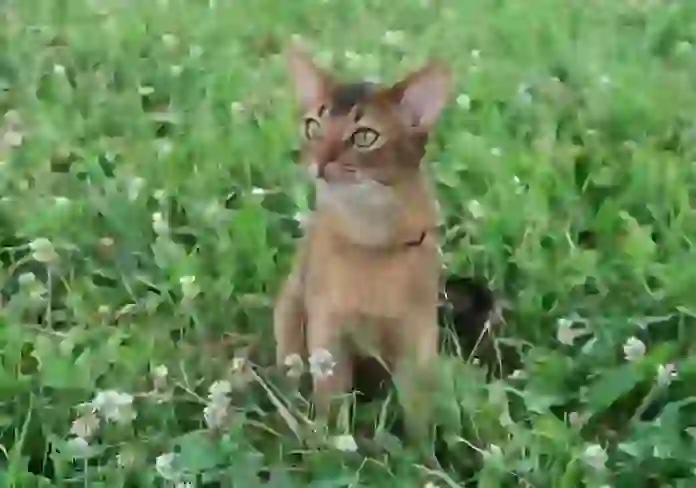
What are the diseases that Somalis are susceptible to?
Somali cats are susceptible to “pyruvate kinase deficiency” and “severe myasthenia gravis”.
“Pyruvate kinase deficiency” is a disease in which red blood cells are destroyed due to a lack of an enzyme called “pyruvate kinase,” resulting in anemia.
Visible symptoms include fatigue and loss of appetite.
Although anemia often occurs within 2-3 months, many cats with mild symptoms may not notice until they become adults and may die as a result.
However, not all Somalis have pyruvate kinase deficiency, and the likelihood of developing this disease is low.
Since it is a genetic disease, there is no specific prevention method, and bone marrow transplantation is one treatment option. However, it is not actively recommended as a treatment method due to the cost and burden on the cat’s body.
Severe myasthenia gravis is a disease that occurs frequently in Somali and Abyssinian cats, causing muscle weakness that can make it difficult to swallow food or cause vomiting when trying to eat.
This disease is said to be largely influenced by genetics, so there are no specific prevention methods yet.
If the disease occurs, treatment with medication is performed. In cases where tumors are the cause, treatment for the tumors is the main focus.
In addition, to prevent complications such as aspiration pneumonia, it is necessary to fix the position of the food bowl at a high position and watch carefully so that the head does not drop for about 10 minutes after eating.

What is the lifespan of Somali?
The Somali cat is said to have a lifespan of 12-14 years, which is slightly shorter than the average lifespan of a cat, which is 12-16 years.
However, if you are aware of the diseases that Somali cats are prone to and take care of them, there is a good chance that they will live longer.

Would you like to become a part of the 'Animalbook.jp'?
Turn your knowledge into Q&A and share it with the world. ※Publication will be activated after purchase. Let's share information together!
Somali Type of List
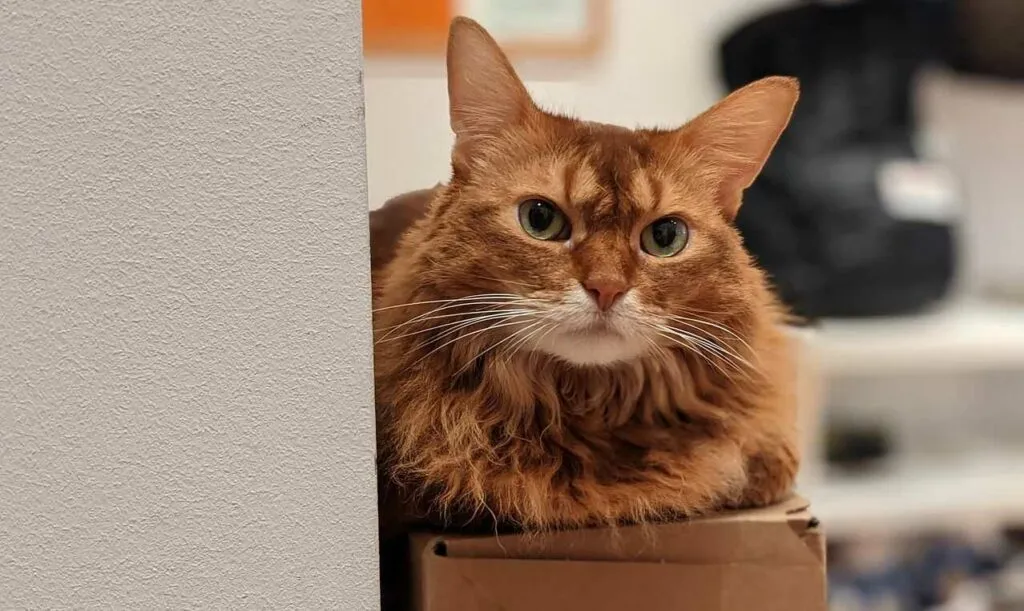
- Somali
Information
Congratulations! You are the first commenter!

Create Your Favorite List!
Somali
Save the animals you love! Build your own list to quickly revisit your favorites later.

Would you like to leave a comment?
※Please note: This is for the purchase of rights to post comments within the article.
Find Your Favorites!
Our shop offers a unique and attractive selection of goods themed around various animals.
Somali References

- まるごとわかる猫種大図鑑 監修:CFA公認審査員 早田由貴子
- 世界中で愛される美しすぎる猫図鑑 監修 今泉忠明
- The Cat Fancier's Association, Inc. https://cfa.org/somali/
- 猫との暮らし大百科 https://www.anicom-sompo.co.jp/nekonoshiori/
- みんなの猫図鑑 https://www.min-nekozukan.com/
- Pet Smile news forネコちゃん http://psnews.jp/cat/
- 子猫のへや https://www.konekono-heya.com/sitemap.html
- 猫の飼い方ペットグッチョイス https://cat.pet-goodchoice.com/
- ねこちゃんホンポ https://nekochan.jp/
- 公益社団法人 埼玉県獣医師会 https://www.saitama-vma.org/topics/猫の遺伝性疾患について/
Somali Introduction of media used

出典:https://commons.wikimedia.org/wiki/File:Somali_cat.jpg

出典:https://pixabay.com/images/id-5072665/

出典:https://commons.wikimedia.org/wiki/File:Somali_Cat_Sorrel.jpg

出典:https://commons.wikimedia.org/wiki/File:Vega-poseuse.jpg

出典:https://commons.wikimedia.org/wiki/File:Cat_Somali.jpg

出典:https://pixabay.com/images/id-4914687/

Help Enrich Our Animalbook.jp with Your Media!
We are constantly looking to expand and enrich our Animalbook.jp with amazing photos and videos of animals. If you have any media that you'd like to share, please contribute and help us showcase the beauty and diversity of the animal kingdom. Your submissions will be credited and featured in our encyclopedia, reaching a wide audience of animal lovers.


















